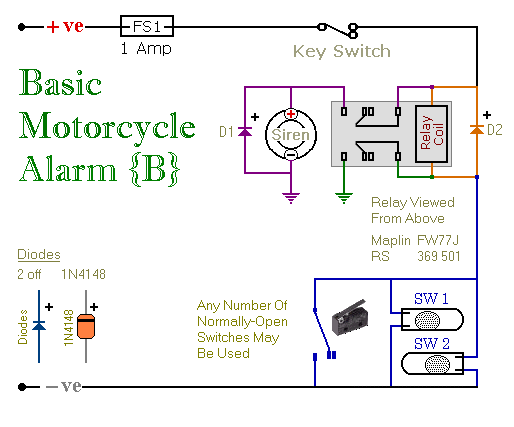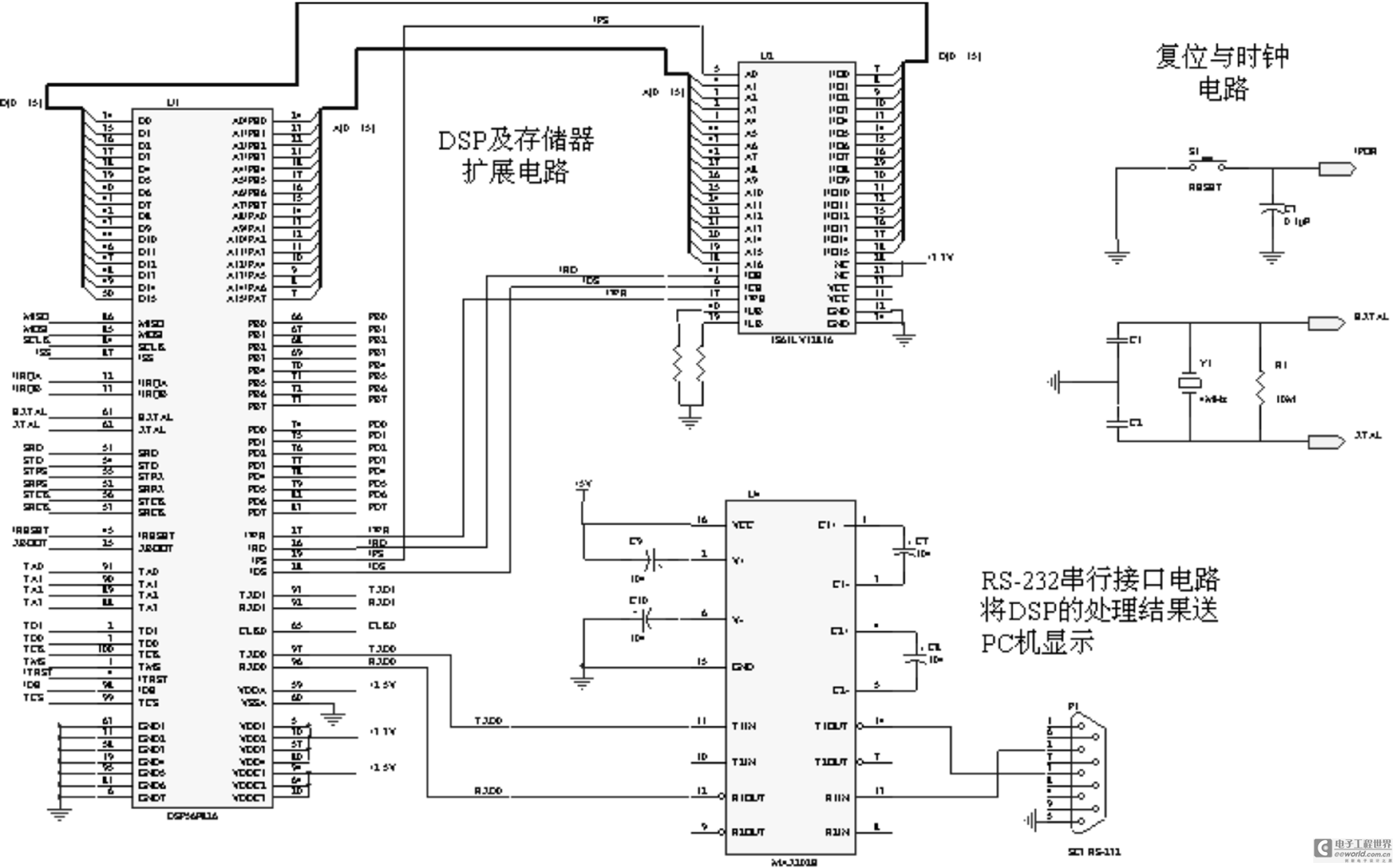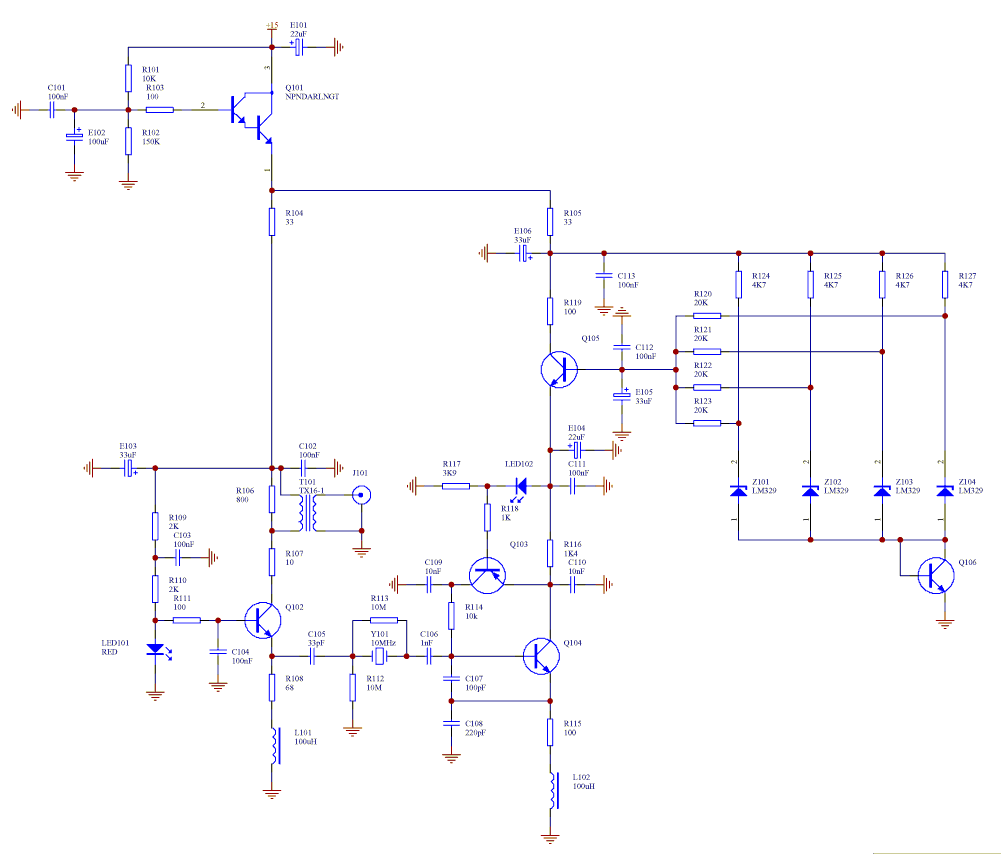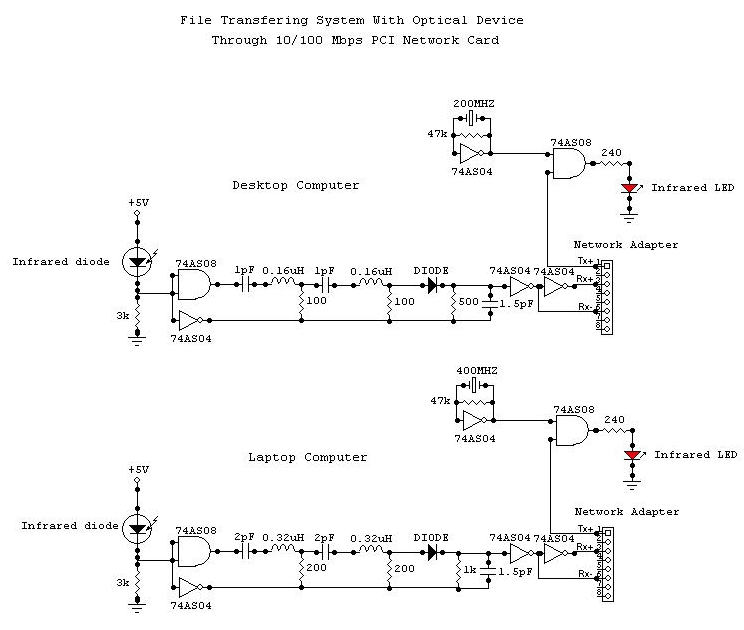
two Colpitts oscillators
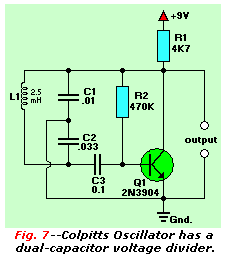
A question has been raised regarding the type of oscillator found on Wikipedia, specifically referring to the NPN Colpitts oscillator as illustrated in the image titled "File:NPN Colpitts oscillator collector coil.png."
The NPN Colpitts oscillator is a type of electronic oscillator that utilizes an NPN transistor as the active component to generate oscillations. This oscillator is characterized by its use of a tank circuit, which typically consists of a combination of capacitors and an inductor. The Colpitts configuration employs two capacitors in series to form a voltage divider, with the inductor connected to the collector of the transistor.
In operation, the transistor amplifies the signal, and the feedback from the tank circuit sustains the oscillation. The frequency of oscillation is primarily determined by the values of the capacitors and the inductor according to the formula:
\[ f = \frac{1}{2\pi\sqrt{L \cdot C_{total}}} \]
where \( C_{total} \) is the equivalent capacitance of the two capacitors in series. The stability and frequency response of the Colpitts oscillator can be influenced by the selection of components, and it is commonly used in applications such as RF signal generation and frequency modulation.
The schematic for a typical NPN Colpitts oscillator would include the NPN transistor, the two capacitors forming the feedback network, the inductor, a power supply, and additional components such as resistors for biasing the transistor. Properly designing the circuit requires careful consideration of the component values to achieve the desired oscillation frequency and amplitude.Hello, I have queastion about type of the osclator I found on wikipedia here: File:NPN Colpitts oscillator collector coil.png - Wikipedia, the free.. 🔗 External reference
The NPN Colpitts oscillator is a type of electronic oscillator that utilizes an NPN transistor as the active component to generate oscillations. This oscillator is characterized by its use of a tank circuit, which typically consists of a combination of capacitors and an inductor. The Colpitts configuration employs two capacitors in series to form a voltage divider, with the inductor connected to the collector of the transistor.
In operation, the transistor amplifies the signal, and the feedback from the tank circuit sustains the oscillation. The frequency of oscillation is primarily determined by the values of the capacitors and the inductor according to the formula:
\[ f = \frac{1}{2\pi\sqrt{L \cdot C_{total}}} \]
where \( C_{total} \) is the equivalent capacitance of the two capacitors in series. The stability and frequency response of the Colpitts oscillator can be influenced by the selection of components, and it is commonly used in applications such as RF signal generation and frequency modulation.
The schematic for a typical NPN Colpitts oscillator would include the NPN transistor, the two capacitors forming the feedback network, the inductor, a power supply, and additional components such as resistors for biasing the transistor. Properly designing the circuit requires careful consideration of the component values to achieve the desired oscillation frequency and amplitude.Hello, I have queastion about type of the osclator I found on wikipedia here: File:NPN Colpitts oscillator collector coil.png - Wikipedia, the free.. 🔗 External reference
